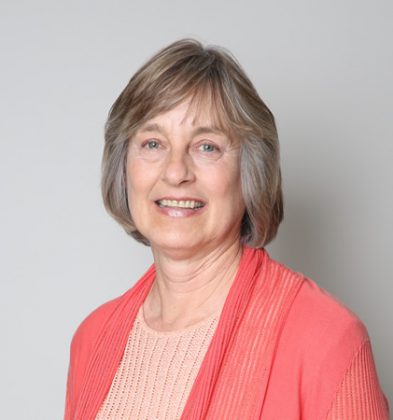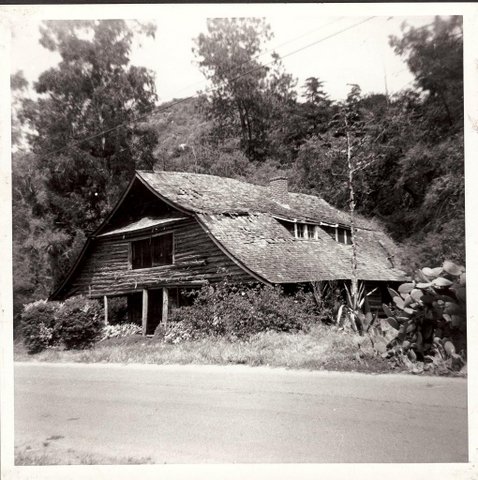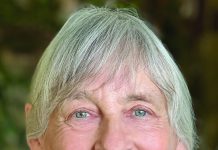Hints of the truth

By Ann Christoph
My cousin Kristie Hemenway wrote me a surprise email this week, “the quarantine has given me a little extra time to indulge in guilty pleasures, i.e. genealogy,” she wrote. I had mentioned to her that one of Laguna’s early homesteaders was Harvey Hemenway and I thought that probably we were somehow related. (My grandmother was Marguerite Hemenway. Kristie’s grandfather was Marguerite’s brother, Delos). Yes indeed. She documented that our great-grandfather Frank Hemenway was Harvey’s fifth cousin and we’re all descended from Ralph Hemenway of Massachusetts who arrived from England around 1633. She produced a chart of birth, marriage and death dates for all those generations, which only leads to questions.
Who was Harvey and what was he like? What we know for sure is that he homesteaded 178 acres here, most of which became the Canyon Acres neighborhood. He built a house on the southeast corner of Canyon Acres Drive and Arroyo Drive.

There is some colorful information on Harvey’s arrival in Laguna Beach. According to the Ramseys, he was shanghaied in San Francisco for slave labor in South America. As his slave ship passed by little Laguna at night he spied the lights of campers on the beach and swam ashore. He became a farmer, leading businessman, and head of the school board. But Kristie’s chart says he had been married in 1867 to his second wife, Maria, in Illinois and already had three children born there. His last three children were born in California between 1876 and 1888. So we ask, where were the wife and the first three kids while Harvey was being absconded with, and how did the rest of the family get to Laguna?
Was it just a coincidence that Harvey, a member of the Reorganized Church of Latter Day Saints, swam ashore to a community that was in the process of being settled by members of his faith? In “Zion by the Sea,” Skip Hellewell writes that many early pioneers were associated with the religion. He writes that Harvey “traveled in a family group to California, arriving by 1876.” Two sisters came with him. How does that equate with the shanghai story? Or was someone a lover of the tall tale? Hellewell told me the story “lacks the feeling of reality.”
Anita Skidmore McElree, Anita street’s namesake, lived in the Hemenway house with her family in the 1920s with her husband Maurice McElree and their two children, Courtney and Joyce. Maurice disappeared on Joyce’s birthday in 1926 and was never heard from again.

I’ve also been corresponding about stories with Suzy, a cousin on my family’s paternal side. One is particularly poignant in our present situation. In 1918, my aunt Margaret was engaged to marry Jerome and had minor surgery before their wedding. While she was recovering, Jerome died of influenza. To avoid disturbing her recovery, no one told her. He was buried by the time she came home. We can imagine the pain! This story has lived with me and I was saddened to think of why my aunt never married. As I prepared notes for Suzy, I saw comments I transcribed from conversations with an older cousin, Mary. “That story about Jerome isn’t true,” Mary said. “He really went off with another woman!” Did my aunt know? Did her sisters make up the influenza story to protect her?
No matter how much we know, we always wish we could know more, and some puzzles are unanswerable. We have only tantalizing hints. There are more stories to tell, perhaps with just a modicum of truth. The virus has given us time to dig into old stories and wonder.




